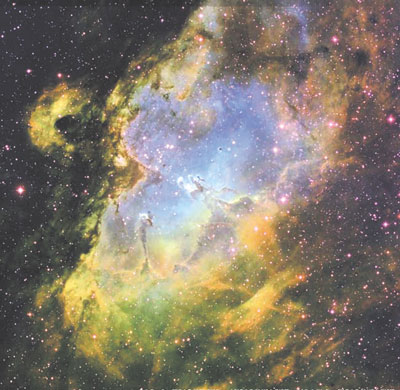 |
 |
| The Constants of Nature From Alpha to Omega: The Numbers that Encode the Deepest Secrets of the Universe Friday, December 5th, 2003 |
|
| Dr. John D. Barrow Cambridge University United Kingdom Dr. John Barrow is Professor of Mathematical Sciences in the Department of Applied Mathematics and Theoretical Physics at Cambridge University. His previous books include The Book of Nothing, Theories of Everything, and The Universe That Discovered Itself. “Our inability to explain or predict [the constants] shows how much we still have to learn about the cosmos.” |
Cambridge physicist Dr. John Barrow considers the natural constants – the handful of seemingly eternal numerical values, such as the speed of light, the weight of the proton, Planck’s constant or the four dimensions of space and time – that constitute the “bedrock” of physical reality. These constants quantify some of the simplest statements that science makes about the world. They have profound implications for the fate of the universe and our place within it.
Professor Barrow traces scientists’ evolving understanding of the natural constants as they grew to assume a central role in modern relativity theory and quantum mechanics, and outlines ongoing attempts to determine whether they are just inexplicable facts of nature or the logical consequence of some fundamental Theory of Everything. He also raises important philosophical and even religious questions. The natural constants are delicately balanced (fine-tuned) in a way that makes the universe safe for living organisms: altering them more than a hair would make stars burn out, atoms fly apart, and the world as we know it impossible. Is this a happy accident? Proof of Intelligent Design? Are the constants of nature truly constant? Are they linked? Could life have evolved and persisted if they were different? Are they everywhere the same? |